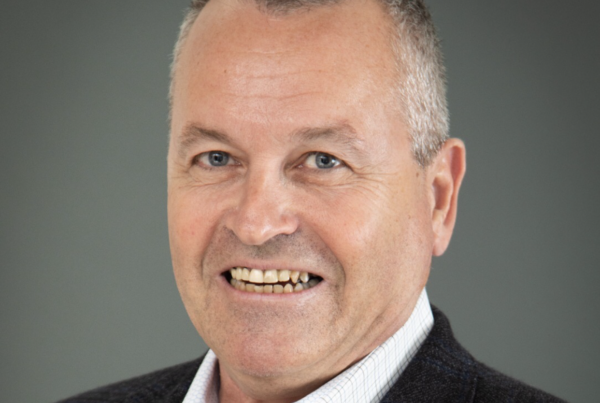
Author: Dr. Sukhwinder Lakhman, Department of Pharmaceutical Science, American University of Health Sciences, Signal Hill, Ca
It is a well-known concept that human exposure to biodiverse natural environment carries ecological benefits. For example, green spaces with a higher eco-system function give children further exposure to more diversity of microbiota. “The more diversity in microbiota that a child is exposed to, the healthier they grow up,” said the lead author of the journal “Restoration Ecology” in his paper, Ph.D. Candidate, Jacob Mills. Dr. Mills is from the University of Adelaide’s School of Biological Sciences and Environment Institute and he reiterates the idea that historically, humans have lived in more rural and wild landscapes, and children spent more of their childhood outdoors, allowing further exposure to more microbes.
Urbanization has radically changed our childhoods. After the shift from more rural areas to the urban developments, there has been a big change in the vegetation and microbiota due to the regular use of insecticides, pesticides, and herbicides.
Additionally, children spend more time indoors (playing video games), and eating processed, poor quality foods. The decreased exposure to wild environments has led to significant increases in non-communicable diseases such as early onset of diabetes, poor mental health, and significant increases in respiratory health such as asthma as a result of exposure to the unhealthy, poor quality air.
It is believed that a microbiome rewilding process could expose us to a greater variety and number of microbiota (organisms living within a specific environment) and provide our bodies with a form of immune system training and regulation. There are microbial compounds in soil that reduce stress and anxiety as well.
The study results of Mills et al., 2020, provide us with a plan of action for urban planners and designers. More specifically, where to place the environmental microbiomes and where to access the diverse green spaces in their designs when developing and rejuvenating urban areas.












